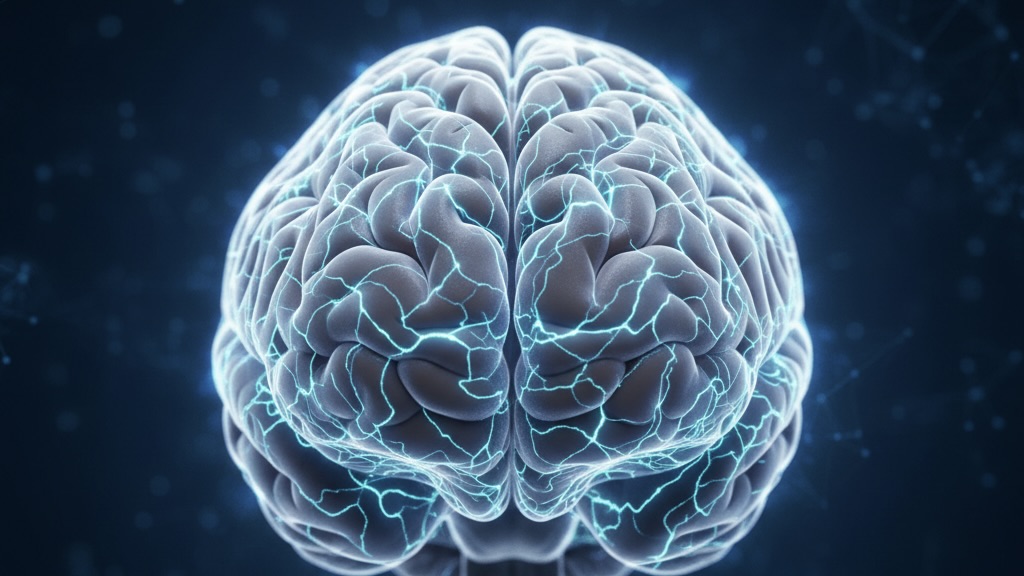neuroscience The modern era is entering a new phase. Scientists are now challenging the old way of understanding the function of the human brain. For centuries, the brain was mapped as if it were a map of regions, with a fixed division of functions: one area for memory, one for emotion, and another for language. However, this approach is now considered too simplistic.
Recent research reveals that those boundaries turn out to be Never really exists.. Human brain activity, in fact overlapping and involves many regions that interact dynamically. Even classical psychology concepts such as "memory" and "emotion" are no longer suitable to explain the complexity of the modern brain.
Involvement of Machine Learning in Brain Mapping
Machine learning technology has now become the main tool in brain research. Through pattern-learning algorithms, scientists have found that memory activity Not only does it occur in memory centers as previously suspected, but it also spreads to various cognitive areas.
This result shows that the human brain operates far more complexly than traditional functional maps. The thinking process turns out. based on parallel computing, with millions of neural signals that do not follow certain territorial boundaries.
Redefinition of the Concept of the Human Mind
The aforementioned finding directs the world of science toward a total redefinition of how the brain works. The mind is no longer viewed as a collection of separate functions, but as an adaptive system that processes information based on needs and context.
In this new neuroscience framework, the brain is viewed as a computational network that is constantly changing, not a fixed machine with specific-function buttons.
The Strange Genome of Rafflesia: Evolution of Plants Along Extreme Pathways
The next discovery comes from the world of botany. The researcher succeeded in organizing. the genome of the Rafflesia arnoldii flower, one of the most mysterious organisms in the tropical forests of Southeast Asia. The result shakes the basic definition of what is called 'plants'.
Genomic analysis shows that Rafflesia loses more than half the genes of ordinary plants.Around 90 percent of its DNA consists of repeating sequences., which is usually considered 'genetic junk' by scientists. But that's exactly where its uniqueness lies.
Stolen gene from the host
Scientists have found that some genes in Rafflesia possibly stolen from its host plantThis interspecific gene transfer enables the parasitic flower to survive without performing photosynthesis.
This phenomenon shows that evolution does not always follow a conservative path. In the case of Rafflesia, evolution deleting, copying, and stealing genes to create a new form of life that is efficient in extreme habitats.
Genomic Challenges and Structural Analysis
The assembly of the Rafflesia genome has become a major challenge because Its DNA structure resembles a repeating puzzle.Although modern sequencing technology has advanced rapidly, the genetic complexity of this flower shows that evolution could be far more “creative” than human speculation.
This finding confirms that the boundary between living beings is not always clear — even the basic definition of 'plants' now needs to be broadened.
Sleep Older Than the Brain: The Origins of a Universal Phenomenon
The field of neuroscience has also received a major surprise from studies about Hydra, microscopic organism without a brain. In recent research, scientists have found that Hydra experiences sleep cycles., even though it only has a simple nervous system.
Evolution of Sleep Before the Brain
This fact changes the scientific view on the origin of sleep. If even brainless creatures can sleep, then Sleep evolved before brains appeared on Earth.That means the original function of sleep is not related to information processing or memory as has long been believed.
On the other hand, sleep may first appear for regulate metabolism and repair body cellsIn low-energy states such as sleep, the body can carry out recovery processes that would be impossible to occur while awake.
The Function of Sleep in Modern Biology
Based on this research, sleep is not only regarded as a brain's need, but also universal biological mechanism to maintain the balance of organisms. It is present across the entire spectrum of life—from simple animals to modern humans.
Thus, sleep can be viewed as evolutionary strategy to sustain life itself.
New Era of Life Sciences
These three major discoveries — from redefining the human brain, the extreme genome of Rafflesia, to the origin of sleep — mark A new era in modern biologyScience now breaks through the old boundary between classical concepts and empirical evidence.
Neuroscience, genetics, and evolutionary biology have now converged at a single point: Life is far more complex and adaptive than humans have ever imagined..
For the world of research and education, this is a call to update the curriculum and approaches to science. For society, this serves as a reminder that the wonders of nature are not only outside oneself, but also inside the brain and the genes of every human.
To read more of the latest science and technology news, visit the channel. Technology at Insimen.















